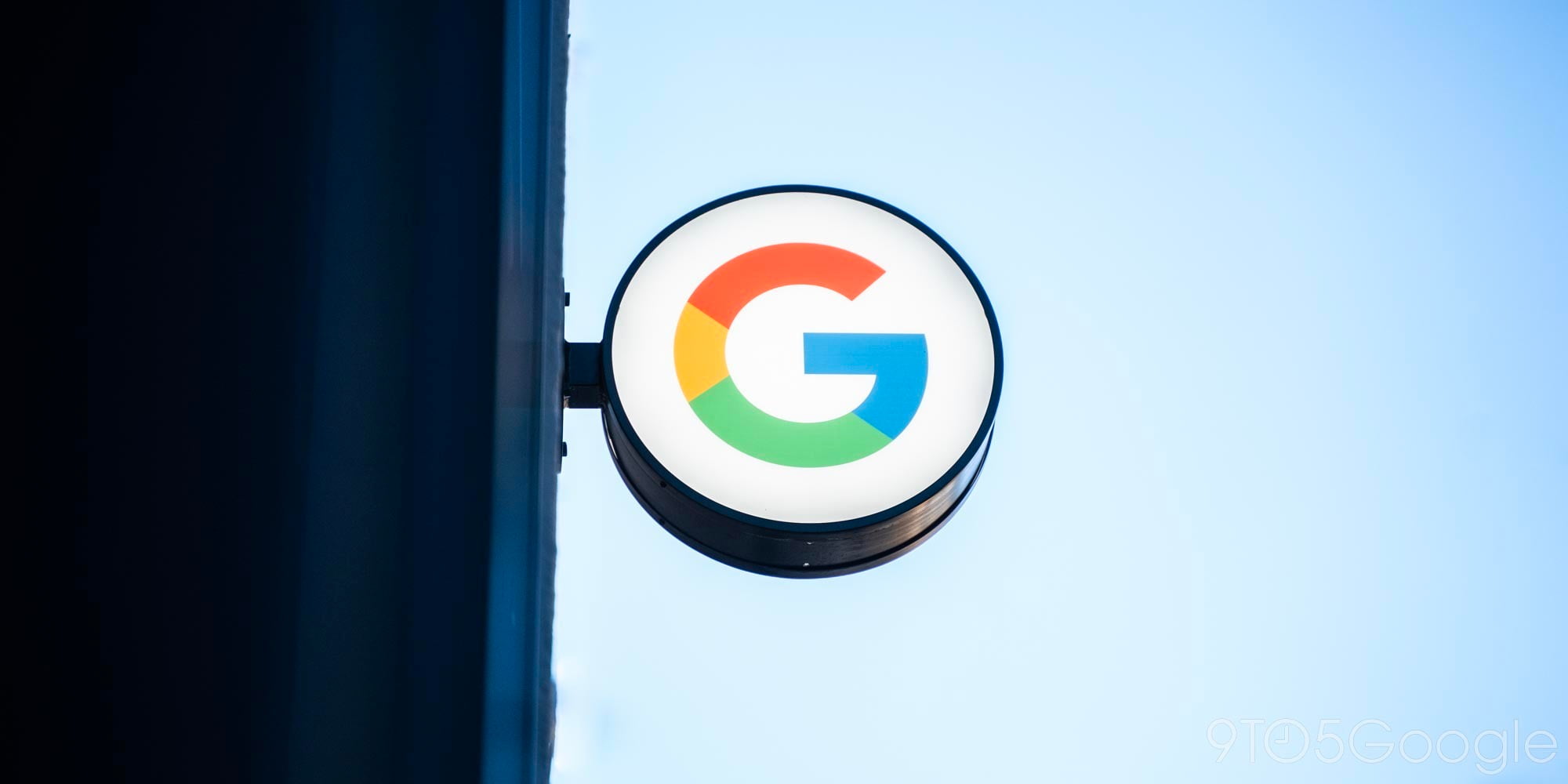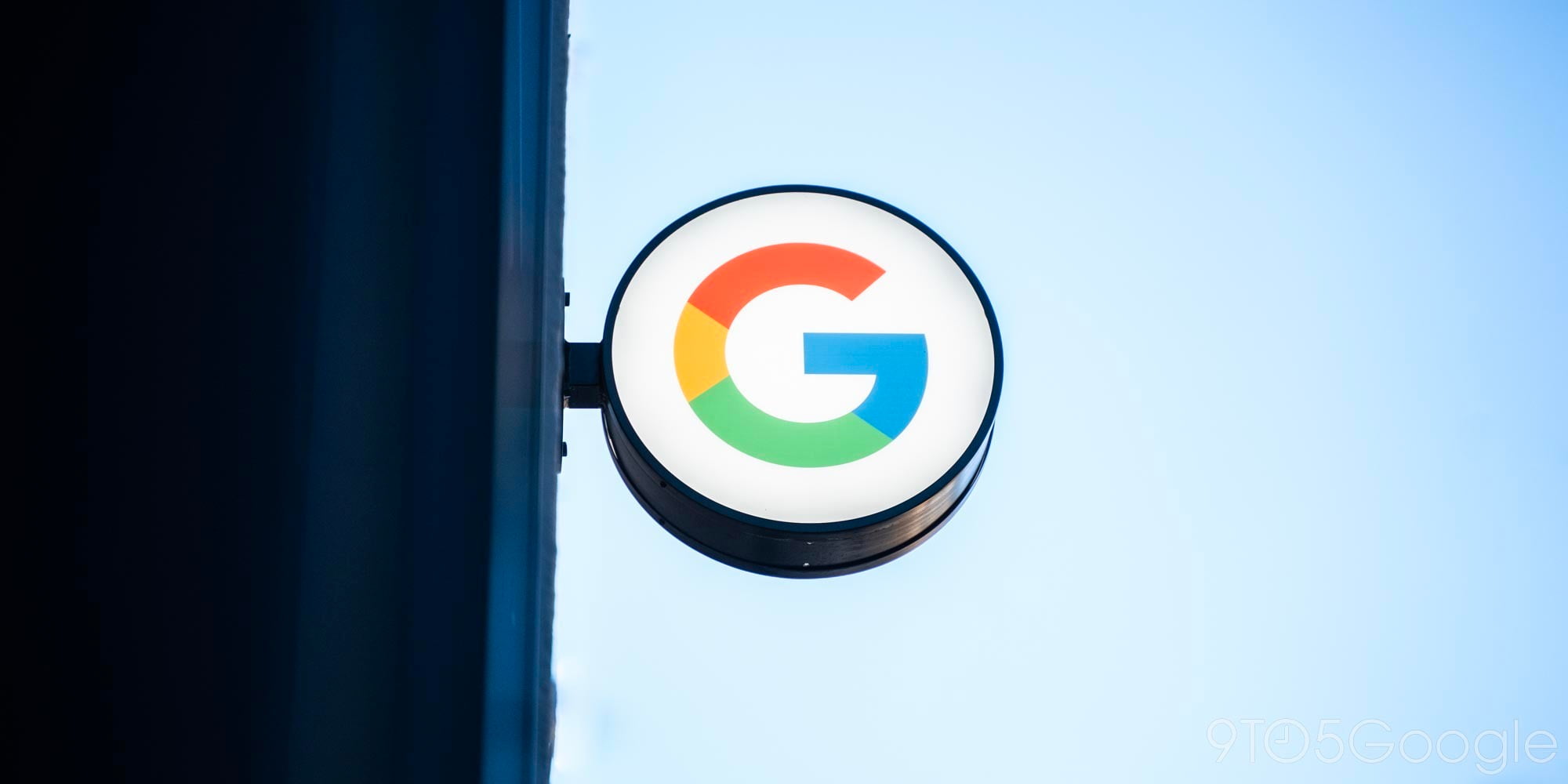

Qualcomm’s Snapdragon 810 processor came under much scrutiny in its early days on the market. Early uses complained about the processor overheating too easily, specifically in the Sony Xperia Z3+/Z4. A teardown posted to Weibo clearly indicates that Sony has opted to use a dual-pipe system in the Z5 and Z5 Premium to better dissipate hit from the processor to help it last longer before overheating…
Sony’s previous flagships only had one ‘pipe’ to move heat away from the problematic Snapdragon 810 processor. Clearly, one wasn’t enough, leaving having to shut down after a few minutes recording 4K video, or causing discomfort in the hands of anyone using the device for any extended periods of time. You can see the single copper ‘pipe’ clearly in the image below.
For comparison, below are images of the Z5 and Z5 Premium post-teardown showing double the number of copper strips used to pull heat away from the chip. Although the images aren’t the best quality, the important details are clear enough. This article’s lead image shows a close-up of both the Z5 and Z5 Premium logic boards, complete with the new heat dissipation method.
The Xperia Z5 isn’t the only new handset to feature the Snapdragon 810. OnePlus recently launched its second phone, the OnePlus 2 which also includes the oft-maligned 810 processor, albeit a revised and clocked version which doesn’t overheat, and yet retains speedy performance. Saying that, Samsung — one of Qualcomm’s biggest customers and partners — did choose to drop the 810 in favor of its own in-house Exynos processors for its flagship devices this yet. What’s more, Chinese manufacturers as well as bigger brands, are making moves to cheaper chip-makers like MediaTek to supply their needs, leaving Qualcomm in an uncertain position. It’s still the one of (if not the) biggest chip suppliers in the world. But — after needing to make cuts of $1.4 billion — for how much longer?
FTC: We use income earning auto affiliate links. More.






Comments